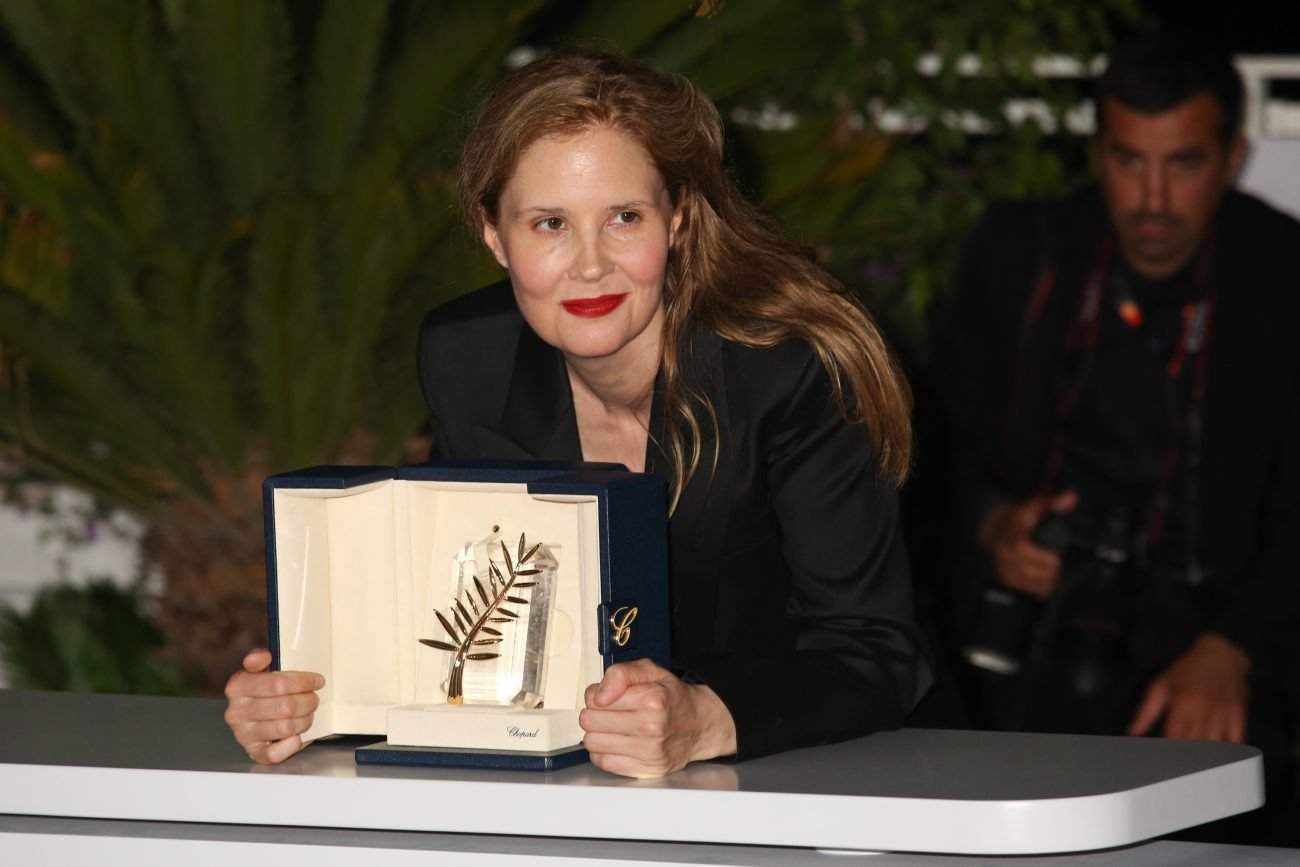French cinema: towards a reduction in public aid?
Could this be the end of plenty for French cinema? In a report from the Court of Auditors, available onlinethe National Center for Cinema and the Animated Image (better known as CNC) he is highlighted for his financial management, which would be missing today. Therefore, the Supreme Court of Finance analyzed the management of the CNC in the period from 2011 to 2022 and believes that it does not have sufficiently solid financial governance and that it needs to initiate a profound reform.
Although the CNC has been praised for its support during the health crisis and for its essential missions in one sector rapidly evolving, particularly with the emergence of streaming platformsit is now singled out for the complexity of its aid mechanisms and its lack of transparency.
Public support for cinema in France is structured around several levers, in particular the investment and broadcast obligations of television channels, film and audiovisual tax credits, Sofica programs and aid from local authorities. Every year, the aid provided by the CNC amounts to almost 700 million euros for the film industrycovering all aspects of the sector, from production to distribution.
However, the complexity of help systems and their multiplicity complicate everything evaluation of their effectiveness. The Court of Auditors underlines that this complexity undermines the transparency and visibility of the impact of this aid on the sector.
Furthermore, the report raises the question of the importance of a constant increase in the number of films produced in France, despite a relatively stable evolution of attendance in French films. In fact, between 2001 and 2019 the number of French-initiated films increased by around 40%while some films struggle to find their audience in theaters.
The Court of Auditors suggests that this policy of excessive support could be reviewed to ensure a better allocation of public resources. However, film industry professionals defend themselves the diversity of devices help by supporting that they are adapted to the needs. We remember the speech of director Justine Triet, who had just won the Palme d’Or for her film Anatomy of a fallat the last Cannes festival, which attacked the government, accused of wanting to break the French cultural exception in the name of profit:
Too many films and too few spectators? The thorny debate
Pierre Moscovici, first president of the Court of Auditors, does not necessarily suggest reducing film production, but he underlines itmost of them fail to attract a sufficient audience. In other words, public disinterest is growing while subsidies for French cinema continue to grow: almost a third of French films currently attract fewer than 20,000 spectators, an increasing percentage compared to the previous decade. The observation is even more striking if we consider that only 2% of the productions supported by the advance on receipts manage to be profitable in theaters.
However, Dominique Boutonnat, president of the CNC, adopts a more nuanced perspective. According to him, it is essential not to judge the success of a film solely based on its success in theaters. He highlights the importance of all the work that revolves around a film, in particular image education, support for festivals and help for arthouse authors. For Boutonnat, French cinema cannot be evaluated solely on the basis of theater attendance.
This comparison of opinions highlights the challenges that French cinema faces, or the need to find a balance between quantity and quality of films produced, while maintaining a strong cinematic ecosystem to nurture creativity and artistic expression. Solving this delicate equation could shape the future of the French film industry.
Source: Cine Serie
Ray Ortiz is a journalist at Gossipify, known for his coverage of trending news and current events. He is committed to providing readers with accurate and unbiased reporting, and is respected for his ability to keep readers informed on the latest news and issues.









